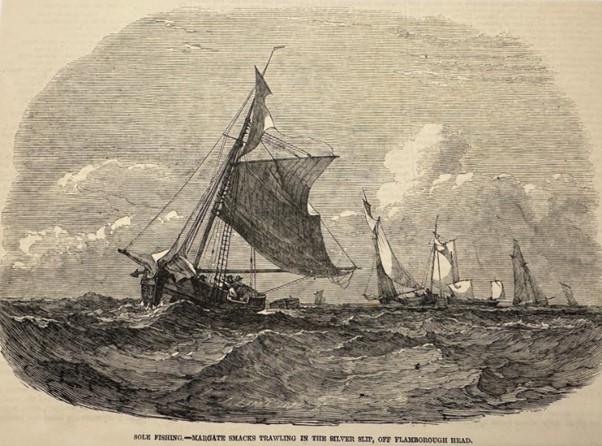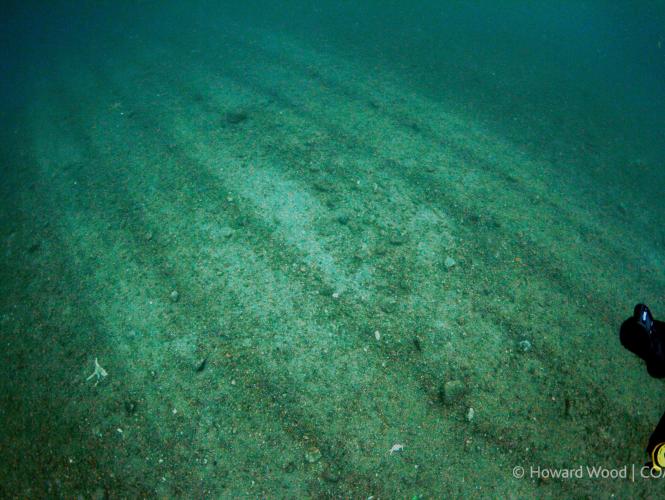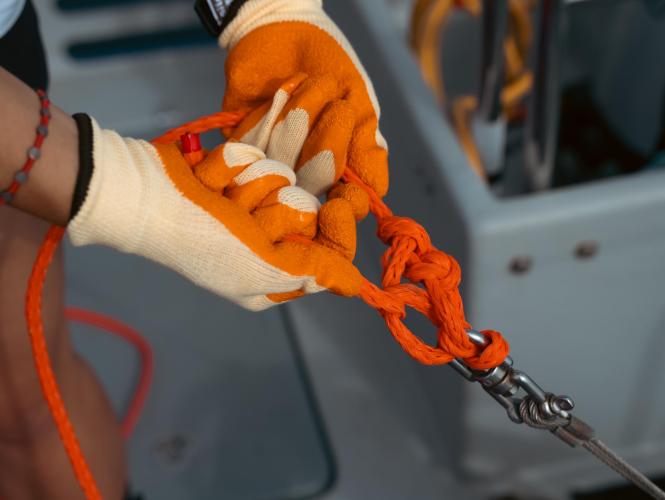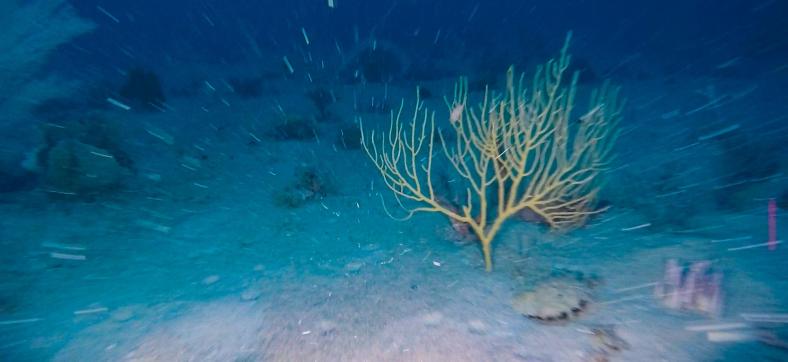Human influences
Historical development and spread of human influences on the seabed

Our Approach
We will uncover historic and contemporary patterns of human influence on continental shelf carbon and determine its vulnerability to re-release to the atmosphere. Bottom fishing using trawls and dredges is the most significant activity disturbing marine sediments, with implications for the fate of stored carbon. We will unravel the history of human pressure on the seabed and quantify its impact on carbon to identify potential climate mitigation options.
Reviewing Archival Literature
We are conducting an extensive review of historical archives and reports to chart the spread of the multiple different human activities that have disturbed the seabed over the last two and a half centuries up to present day.

Consulting Global Fisheries Datasets
Using global fishery datasets going back to the 1950’s as a proxy for seabed disturbance, we are exposing the expansion of disturbance caused by the post-war industrialisation of fishing.

Performing Spatial Analysis
Carrying out spatial analysis, we overlay satellite data on the footprint from different fishing gears with carbon distribution maps, to highlight the most vulnerable regions.

Conducting Field Experiments
With pioneering scientific protocols and deployment of field experiments we are empirically measuring the effects of trawling on sediment fauna and biogeochemistry from within the water.


15/08/24
Georectifying drone image data over water surfaces without fixed ground control: Methodology, uncertainty assessment and application over an estuarine environment
Light-weight consumer-grade drones have the potential to provide geospatial image data to study a broad range of oceanic processes. However, rigorously tested methodologies to effectively and accurately geolocate and rectify these image data over mobile and dynamic water surfaces, where temporally fixed points of reference are unlikely to exist, are limited. We present a simple to use automated workflow for georectifying individual aerial images using position and orientation data from the drone’s on-board sensor (i.e. direct-georectification). The presented methodology includes correcting for camera lens distortion and viewing angle and exploits standard mathematics and camera data processing techniques. The method is…













